
With Summer on the horizon and temperatures on the rise, now is the time to get organised to ensure your garden is getting enough water to keep it looking at its best.
Watering your trees, shrubs and plants can feel like a thankless task. And don’t forget your lawn, particularly if newly laid, which needs regular watering to keep it green and healthy. Watering doesn’t have to be a chore, however, as there are many watering and irrigation systems out there to make our lives a lot easier.
Knowing when to water and what to prioritise will not only save you time, but also help conserve our precious water reserves.
When To Water Your Garden
When the sun is high in the sky and temperatures are at their peak, you’d be forgiven for thinking this is when you need to water.
However, this is the worst time to water your plants. High heat means greater evaporation, so your plants stay ‘thirsty’. Added to this, droplets of water on leaves, petals and stems act like a magnifying glass that can cause significant-burn damage.
Preferably, water in the mornings. As the sun rises, plants will start to absorb water. Evening watering is fine, but beware, since there will be less daylight hours, the foliage and soil surface is more likely to remain damp, encouraging slugs, snails and mildew diseases.
How To Prioritise Watering Your Garden

What to prioritise when watering is largely down to the type and age of plant, where it is planted, and the soil type.
The larger the plant, and the more leaves it has, the more water it will need. Younger, more tender plants will require regular watering until they establish, up to a year.
Plants in containers will also require more watering, as the root system doesn’t have the freedom to grow and find a water source as well as those plants in beds and borders.
Different Ways To Water
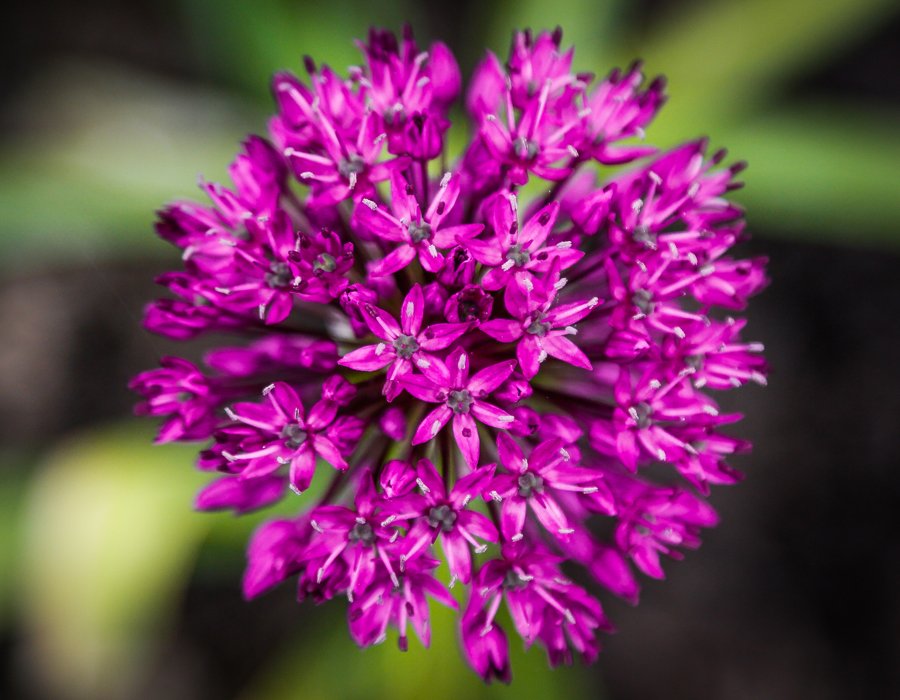
Maintaining a consistent level of moisture is essential to help your garden survive dry spells and produce a good show of colour in the summer.
Surface watering will support shallow root growth. Deep watering, where the soil is soaked several inches below the surface, will not only ensure plants survive a dry spell but also help them to develop strong roots.
Soil type will also influence how much watering is needed. While clay soil can feel damp to the touch, many plants will struggle to draw water from heavy, dense clay. Digging in organic matter will help improve this.
What To Water Your Garden With
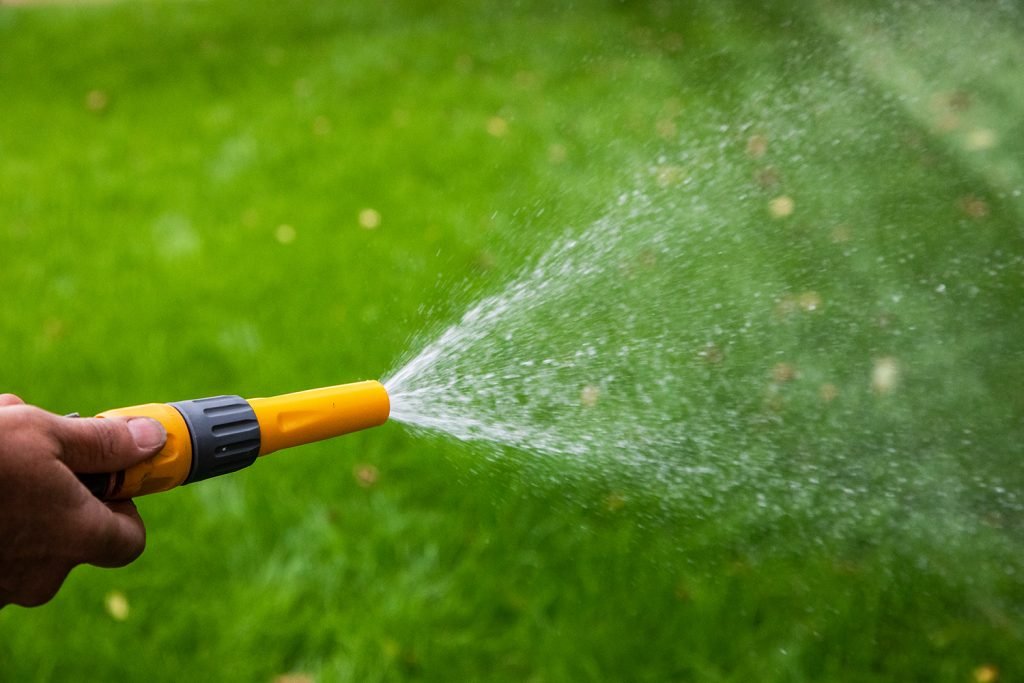
Watering plants with a can or hose is great because they can be aimed directly at the base of the plant ensuring all water goes to where it is needed. It’s an ideal method of deep watering and there is far less waste. This can be very time-consuming, however.
Using a rotating sprinkler attached to a hose can save time, but will only water the surface. Whilst it’s great for lawns, across a large area you will need to move the sprinkler around regularly.
Save Time Watering Your Plants

Automated irrigation systems go one step further, saving time and water. Ideally installed by a professional, they work on timers connected to the mains water supply or a rainwater storage tank.
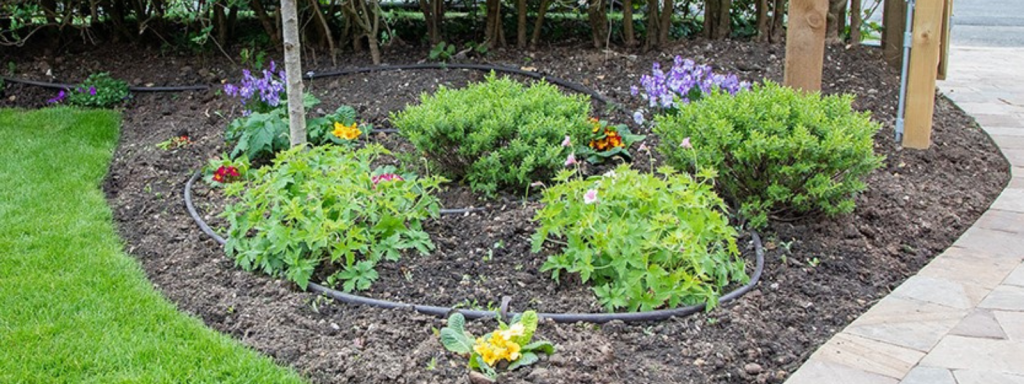
For beds and borders, a systems of drip lines connected to the timer delivers water through small holes in brown pipes that sit just below the soil. When set up to water for a few hours during the night, they minimise evaporation and can be positioned to provide a consistent supply where it is needed most.
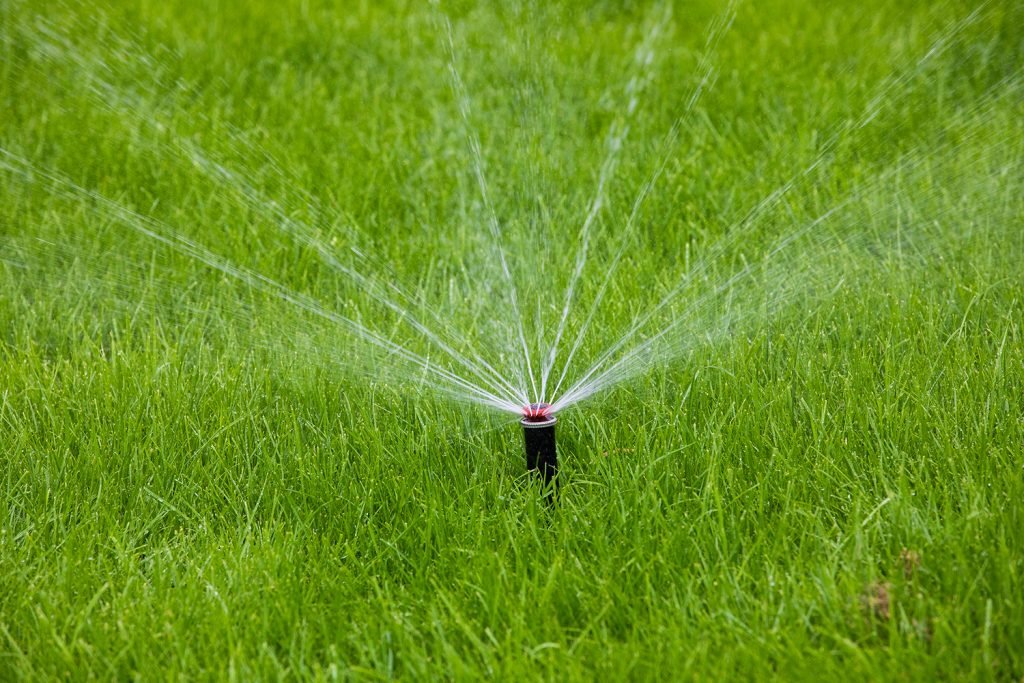
Pop-up sprinklers can also be easily included in an automated irrigation system, ideally when laying a new lawn as they are connected to pipes set in the ground about 6 inches below lawn level. Designed to spray a fine mist of water over the grass, they can be adjusted to reach just about any size or shape of lawn. Again, they are most effective when timers are set during the night or early hours of the morning.
Saving Water
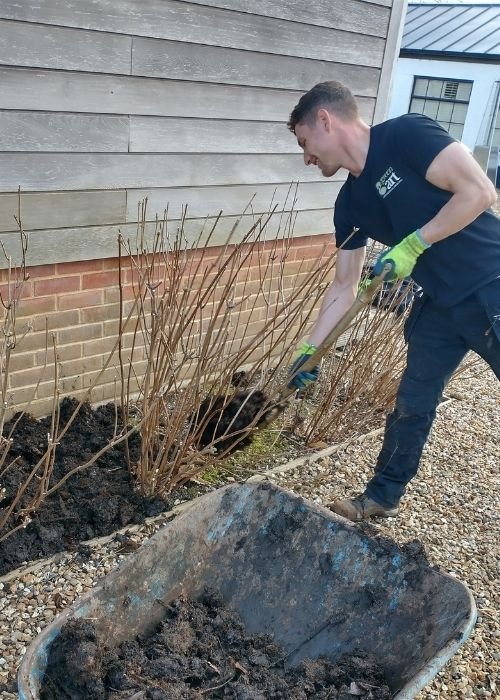
Water resources and supplies are rapidly being put under increasing pressure as a result of climate change and a rising population. Being mindful of this and being thrifty with our water is essential.
Preventing Moisture Loss
- Mulching: Provides moisture retaining properties when mixed into the soil, as well as a physical barrier when applied to the surface. Bark chippings can work in the same way.
- Weeding: Weeds will compete with your plants for water, so maintaining your garden and keeping weeds at bay is key to ensuring your plants receive the maximum available water.
- Pest Removal: Pests place stress on plants, meaning they need more resources, like water. Maintaining your garden and keeping the pests down will support your overall plant health and add to its resilience during dry spells.
Recycling And Storing Water
Using your mains supply isn’t the only way to water to your garden.
Rainwater can be collected from may areas in your garden including roofs, garages, greenhouses and other garden structures using a suitable guttering system. This can then be stored in water butts for hand watering or in an underground tank that can be connected to your automated watering system.
If you want to know more about any of the ideas in this blog, please get in touch.








